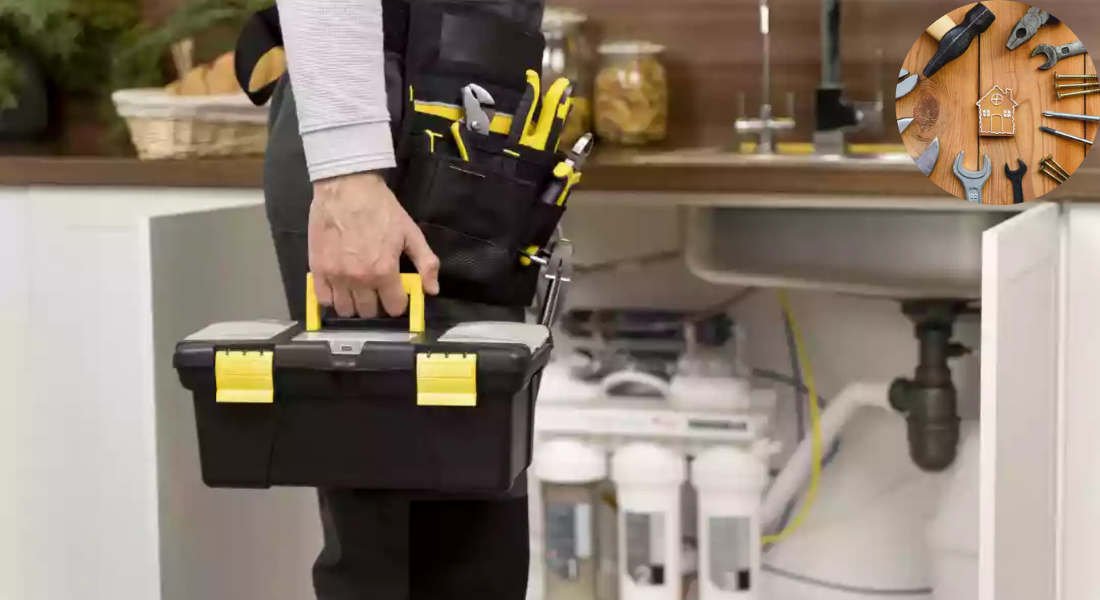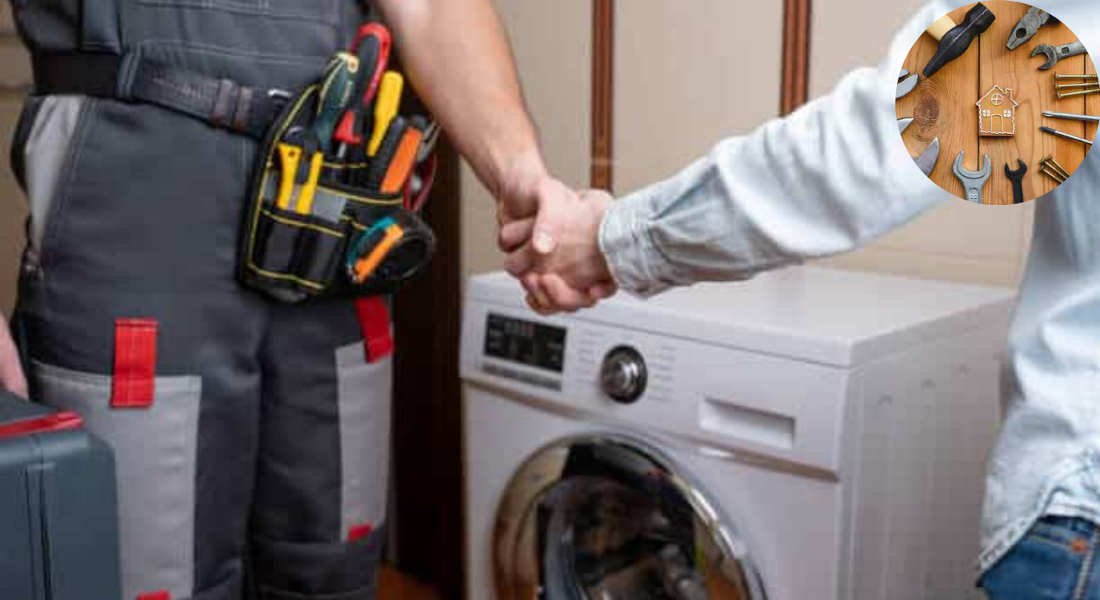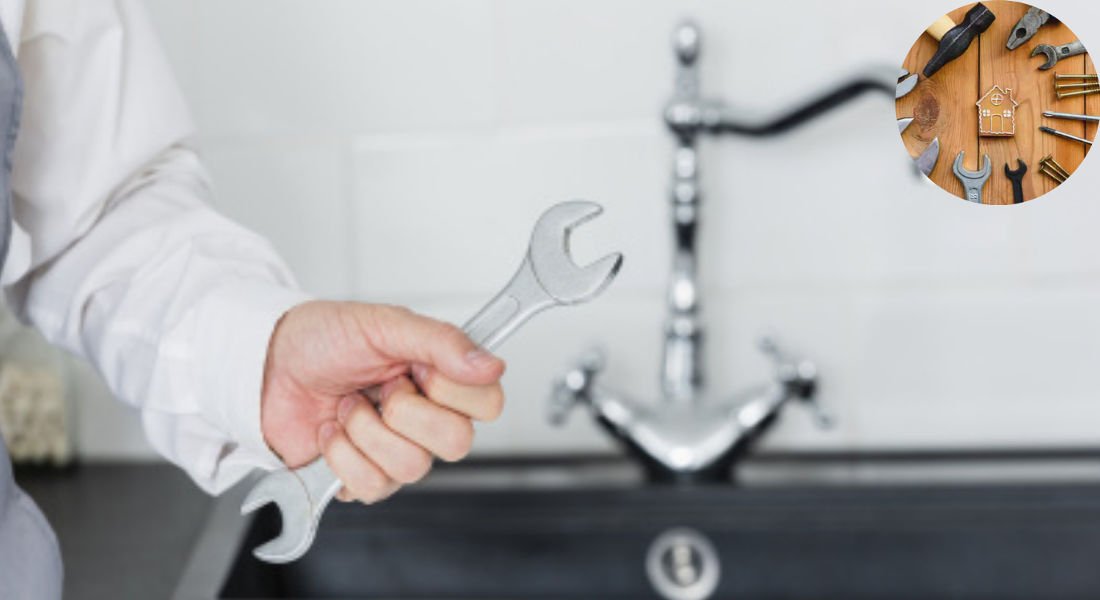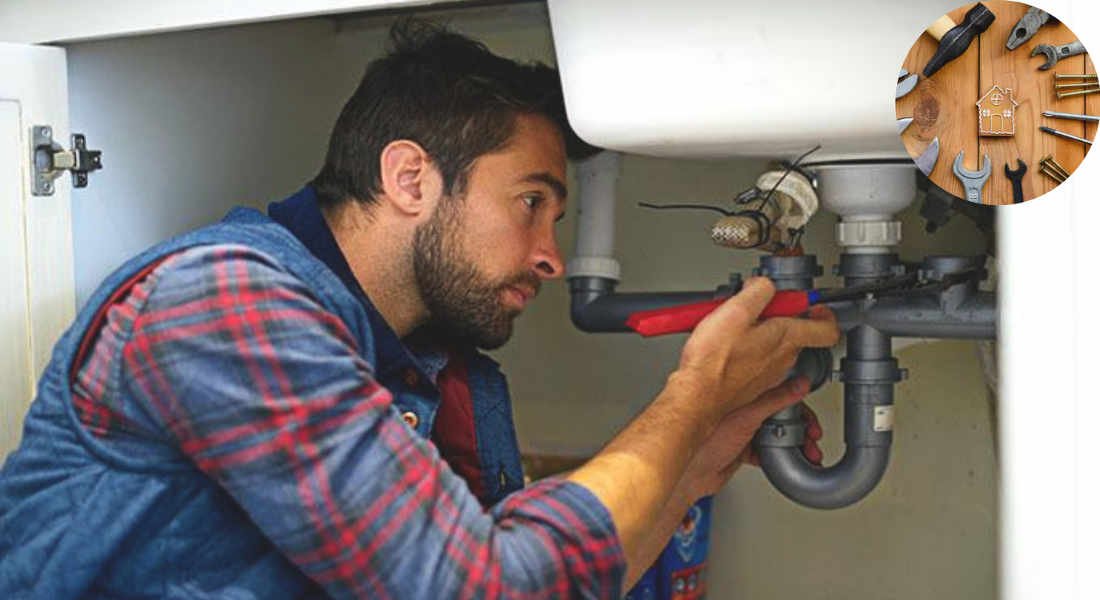Plumbing issues are an inevitable part of maintaining any home, and rental properties are no exception. From leaky faucets to clogged drains, plumbing problems can arise at any time, causing inconvenience and sometimes significant expenses. However, when it comes to rental homes, the question of “Who pays for plumbing repairs?” often causes confusion and disputes between landlords and tenants.
Whether you’re a landlord trying to protect your investment or a tenant wanting clarity about your obligations, understanding the division of responsibilities is essential. Knowing who is financially responsible for resolving plumbing problems can save you time, money, and potential legal headaches.
Overview of Plumbing Responsibilities in Rental Properties
Plumbing repairs are a common occurrence in rental homes, but the question of responsibility varies depending on the situation. Let’s begin by understanding what plumbing responsibilities typically entail for landlords and tenants.
What Are Plumbing Responsibilities?
Plumbing responsibilities in rental properties refer to the obligations of maintaining, repairing, or replacing plumbing systems to ensure that the property remains functional and habitable. These responsibilities are often shared between landlords and tenants, but their exact division depends on:
- The tenancy agreement
- Local laws and regulations
- The cause of the issue
For example, landlords are typically responsible for major repairs resulting from wear and tear, while tenants are generally responsible for minor maintenance tasks.
Common Plumbing Issues in Rental Homes
Some of the most frequent plumbing problems in rental homes include:
- Leaky faucets
- Clogged drains
- Running toilets
- Burst pipes
- Water heater failures
Each of these issues may have different implications for determining who pays for the repair. For example, a clogged drain caused by tenant misuse is typically the tenant’s responsibility, whereas a burst pipe due to old infrastructure falls under the landlord’s purview.
Why Clear Communication Matters
Clear communication between landlords and tenants is crucial to avoid misunderstandings. Written agreements, such as tenancy contracts, should explicitly outline plumbing responsibilities to prevent disputes. Without a clear agreement, conflicts can arise over unexpected repair costs.
Legal Framework and Rental Agreements: Who Pays for Plumbing Repairs?
Plumbing responsibilities in rental properties are often defined by legal frameworks and tenancy agreements. Both landlords and tenants have specific rights and obligations under the law.
You may also read (clean plumbing pipes at home).
Landlord Obligations Under Law
In many countries, landlords have a legal duty to maintain their rental properties in a habitable condition. This includes ensuring that plumbing systems function properly. For instance:
- In the UK, the Landlord and Tenant Act 1985 requires landlords to keep plumbing systems in good repair.
- In the US, most states have implied warranty of habitability laws, which mandate landlords to address essential repairs, such as water supply issues.
Failing to meet these obligations can result in legal consequences for landlords, including fines or lawsuits.
Tenant Rights and Responsibilities
While landlords are responsible for maintaining the overall plumbing infrastructure, tenants also have responsibilities. These include:
- Reporting plumbing issues promptly
- Avoiding misuse of plumbing systems
- Performing minor maintenance tasks, such as unclogging a sink
Tenants are also protected by law against negligence by landlords. For example, if a landlord refuses to address a plumbing issue that affects habitability, tenants may have the right to withhold rent or terminate the lease.
The Role of Rental Agreements
Tenancy agreements play a crucial role in clarifying who is responsible for paying for plumbing repairs. A well-drafted agreement should include:
- Clear definitions of landlord and tenant responsibilities
- Procedures for reporting and resolving plumbing issues
- Guidelines for handling disputes over repair costs
If an agreement doesn’t specify these details, default legal provisions may apply.
Differentiating Between Landlord and Tenant Responsibilities
Understanding the division of responsibilities is key to avoiding disputes. Let’s break it down further:
Landlord Responsibilities
Landlords are generally responsible for:
- Major Plumbing Repairs: Fixing issues caused by wear and tear or pre-existing conditions (e.g., replacing old pipes).
- Structural Plumbing Maintenance: Repairing or replacing water heaters, sewage lines, and underground pipes.
- Emergency Repairs: Addressing urgent issues that affect habitability, such as burst pipes or no running water.
Example:
If a pipe bursts due to ageing infrastructure, the landlord must cover the repair costs because it falls under the property’s structural maintenance.
You may also read (a guide to real estate taxes and property house taxes).
Tenant Responsibilities
Tenants, on the other hand, are usually responsible for:
- Routine Maintenance: Tasks like replacing faucet washers or unclogging minor blockages.
- Avoiding Negligence: Ensuring that plumbing systems are not misused (e.g., avoiding flushing inappropriate items).
- Reporting Issues Promptly: Informing the landlord about plumbing problems without delay to prevent further damage.
Example:
If a tenant clogs a drain by flushing baby wipes, they may be required to pay for the repair since the damage was caused by misuse.
When Does Tenant Negligence Shift Responsibility?
If a tenant’s actions directly cause plumbing damage, they may be held financially liable. For instance:
- Damage caused by DIY repairs without landlord approval
- Failing to report a small leak leading to extensive water damage
Common Plumbing Scenarios and Who Pays
To clarify the matter, llet’sexamine some common plumbing scenarios and determine who is responsible.
Scenario Responsible Party Reason
Leaky faucet due to wear and tear Landlord Normal wear and tear is the responsibility.
Clogged drain caused by tenant misuse. The issue was caused by the tenant’s Negligence.
Burst pipe due to old infrastructure. Landlord: Structural issues fall under the landlord’s responsibilities.
DIY repair gone wrong Tenant: The Tenant caused additional damage through unauthorized work.
Emergency repair for habitability Landlord Landlords must address issues that affect living conditions.
Handling Disputes
Disputes over plumbing repair costs can be resolved through:
- Mediation or arbitration
- Referring to tenancy agreements
- Consulting legal professionals
Tips to Avoid Misunderstandings
- Tenants should document plumbing issues with photos and written reports.
- Landlords should perform regular inspections to identify potential problems early.
Best Practices for Managing Plumbing Issues in Rental Homes
Both landlords and tenants can take proactive steps to effectively manage plumbing issues.
For Landlords
- Conduct regular inspections to identify potential plumbing problems.
- Hire professional plumbers for repairs and maintenance.
- Clearly outline plumbing responsibilities in rental agreements to ensure transparency and accountability.
For Tenants
- Report plumbing problems promptly to prevent further damage.
- Avoid flushing non-biodegradable items or pouring grease down drains.
- Seek landlord approval before attempting any repairs.
Shared Best Practices
- Establish clear communication channels.
- Keep written records of all plumbing-related communications and repairs.
You may also read (rerouting your home plumbing).

